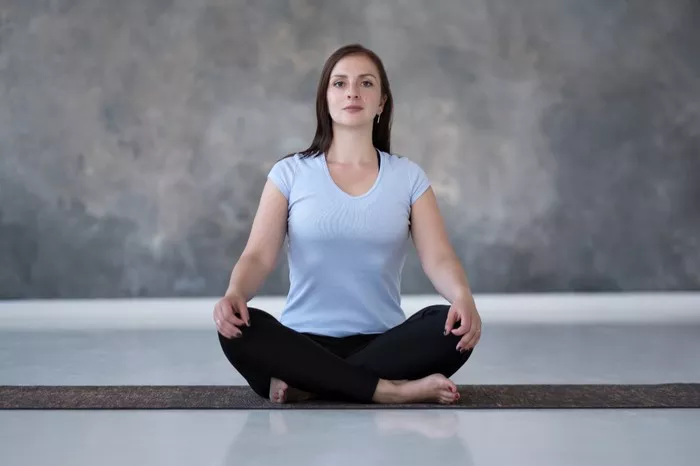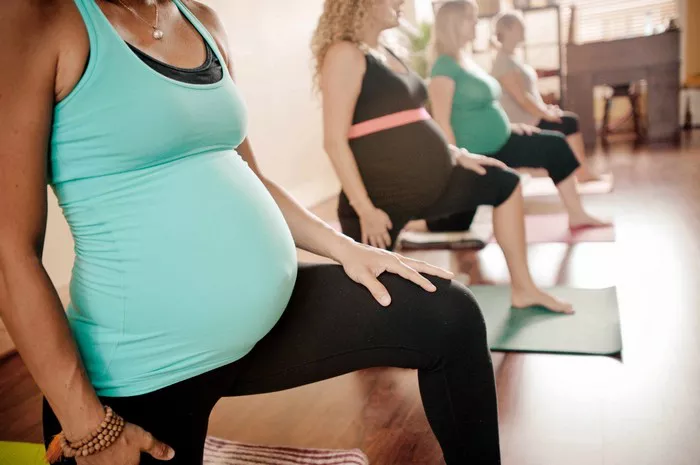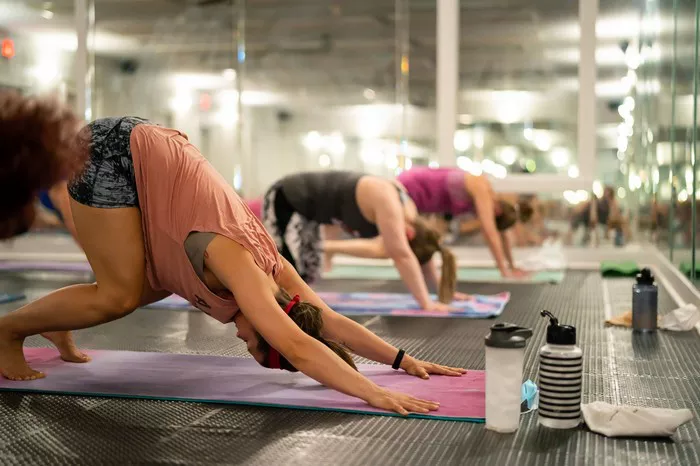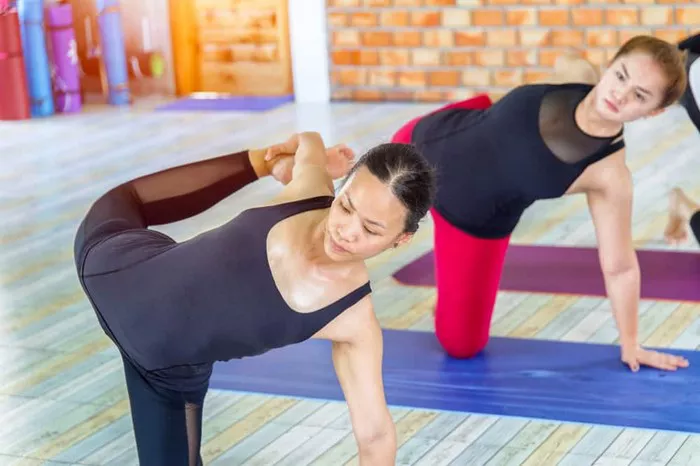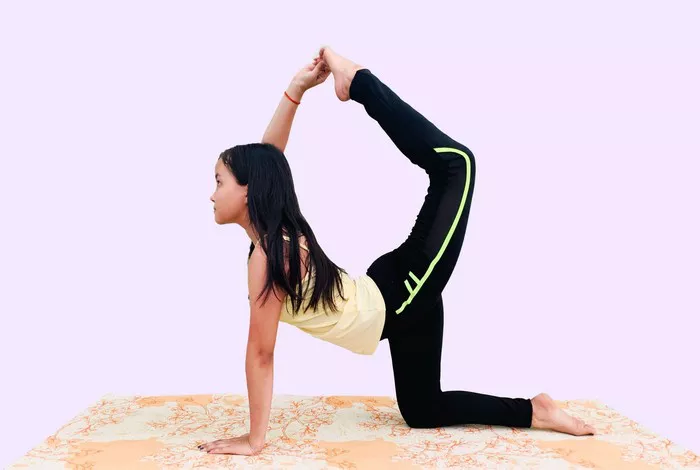Yoga is a practice that spans thousands of years and has evolved to include numerous poses that aim to enhance physical flexibility, mental clarity, emotional balance, and spiritual connection. Over time, the practice of yoga has been divided into various styles and sequences, each focusing on specific benefits or practices. As yoga practitioners, we are often introduced to terms and poses that might seem unfamiliar or unique. One such term that sometimes comes up is the “frog pose.
While the frog pose, also known as “Mandukasana,” might not be as widely recognized as other classic poses like Downward-Facing Dog (Adho Mukha Svanasana) or Child’s Pose (Balasana), it holds a significant place in the yogic tradition. This article delves into whether there is a frog pose in yoga, its benefits, how to perform it correctly, and its variations. We will explore the importance of this pose and why it deserves a place in your practice.
What is the Frog Pose in Yoga?
The frog pose, or Mandukasana, is a deep hip opener in yoga that closely resembles the posture of a frog sitting or squatting. In this pose, the knees are spread wide apart, and the feet are placed in a way that resembles the shape of a frog’s feet when they squat. The spine remains straight, and the practitioner sits with a tall, erect posture, engaging the core muscles for stability. This position is meant to open the hips, stretch the inner thighs, and bring awareness to the lower body, specifically the groin area.
The Sanskrit Name: Mandukasana
In Sanskrit, “Manduka” means frog, and “Asana” means pose or posture. Therefore, Mandukasana translates directly to “Frog Pose.” Although this term is not as frequently mentioned as more popular poses, it has its rightful place in many yoga sequences, particularly those aimed at improving flexibility in the hips and groin.
Frog Pose vs. Frogs (as an Animal Symbol)
The connection between Mandukasana and the frog itself is symbolic. Frogs are known for their ability to leap great distances, which in the yoga practice is a metaphor for the potential release of tension in the hip area and the broader energy channels of the body. In many yogic philosophies, animals symbolize certain qualities that the practitioner may wish to embody—such as the grounded nature of a frog sitting close to the earth. Thus, by taking on the shape of a frog, the practitioner taps into these grounded qualities and prepares the body and mind for deeper stretches and greater flexibility.
Benefits of Frog Pose
Like many yoga poses, Mandukasana offers a wealth of benefits for both the body and mind. The frog pose primarily targets the lower body, but its effects extend beyond that to provide holistic well-being. Here are the key benefits:
1. Stretches the Inner Thighs and Groin
The frog pose is particularly beneficial for individuals who have tightness in the groin and inner thigh muscles. By widening the knees and lowering the hips toward the floor, this pose offers an intense stretch for the adductors (inner thigh muscles), groin, and hip flexors. It can be especially helpful for athletes or anyone who spends a lot of time sitting.
2. Improves Hip Flexibility
For individuals working on opening their hips, Mandukasana is a great choice. The deep stretch helps improve hip joint mobility by targeting the muscles surrounding the hips. This increased mobility can lead to a more flexible and comfortable lower body, with benefits in other poses and daily movements as well.
3. Relieves Tension in the Lower Body
Many people hold tension in their hips, thighs, and lower back due to stress, poor posture, or sedentary habits. Frog pose encourages the release of this accumulated tension by stretching the muscles and softening the connective tissues around the hip joints. This release of tension can contribute to a feeling of lightness and freedom in the body.
4. Stimulates Circulation
The deep hip opening and the grounding nature of the frog pose improve blood circulation in the pelvic region and lower body. As blood flows more freely, oxygen and nutrients are delivered to the muscles, enhancing overall health and vitality.
5. Enhances Emotional Release
The hips are often associated with stored emotions, and tightness in the hip region can sometimes be a reflection of emotional blockages. By encouraging a deep stretch in this area, the frog pose may facilitate emotional release, leading to a greater sense of calm, relaxation, and emotional balance.
6. Improves Posture and Core Strength
Mandukasana encourages the practitioner to sit tall with a straight spine, which can help improve posture. Additionally, the core muscles are engaged to maintain stability and proper alignment, which, over time, can contribute to increased strength in the core region.
How to Perform the Frog Pose
Mandukasana is a relatively simple pose to perform, but like all yoga poses, it requires proper alignment and mindfulness to avoid injury and gain the maximum benefit. Here is a step-by-step guide to performing the frog pose:
1. Start in a Seated Position
Begin by sitting on the floor with your legs extended straight in front of you. You can sit on a yoga mat or blanket for extra cushioning if needed.
2. Widen Your Knees
Slowly bend your knees and place your feet flat on the floor. Spread your knees wide apart, aiming to bring your feet closer to your groin area. The feet should be flexed with the soles of the feet facing each other, and the heels should be as close to your body as possible.
3. Keep the Spine Straight
Maintain a straight spine as you gently lower your hips toward the floor. Keep your chest lifted and avoid rounding the back. Imagine lengthening your spine upward as you sit tall, maintaining a neutral alignment.
4. Engage the Core
Activate your core muscles to stabilize your torso. This will help you maintain balance and avoid collapsing into the lower back.
5. Relax and Breathe
Hold the position for several breaths, allowing your body to relax and deepen into the stretch. You should feel a strong opening in your hips and inner thighs. Be mindful of any discomfort and do not force the pose. If you feel any pain, ease out of the stretch.
6. Hold the Pose
You can hold the frog pose for about 30 seconds to one minute. To deepen the stretch, gently rock your hips forward and backward, breathing deeply as you explore the sensations in your body. Avoid holding your breath or straining.
7. Release the Pose
To exit the frog pose, slowly bring your legs back together and gently straighten your knees. Take a moment to sit quietly and observe any sensations in your body before moving on to the next part of your practice.
Variations of Frog Pose
While the basic frog pose offers a deep stretch, there are several variations and modifications that can make the pose more accessible or intensify the stretch. Depending on your level of flexibility or physical condition, you can try these variations:
1. Frog Pose with a Prop
If you are unable to reach the floor with your hips or feel uncomfortable in the deep stretch, you can place props underneath your pelvis or thighs for support. You can use yoga blocks, cushions, or blankets to raise the hips slightly, which may make the pose more comfortable and sustainable for a longer duration.
2. Child’s Frog Pose
A gentler version of the frog pose can be done by coming into a modified Child’s Pose (Balasana) with the knees wide apart and the arms stretched forward. This variation reduces the intensity of the stretch while still providing the benefits of opening the hips and groin.
3. Lying Frog Pose
For those who have difficulty sitting in the traditional frog pose, you can try the lying frog pose. Lie on your back, bend your knees, and place your feet flat on the floor, keeping your knees wide apart. This version can be easier on the back and may offer a more relaxed stretch.
4. Knee-Down Frog Pose
If you experience discomfort in your knees, you can perform a knee-down variation of the frog pose. Instead of sitting directly on the floor, place a cushion or blanket under the knees to provide extra cushioning.
Cautions and Contraindications
Like any yoga pose, the frog pose should be performed with attention to your body’s limits. Here are a few precautions to keep in mind:
Knee and Hip Injuries: If you have a knee or hip injury, avoid or modify the frog pose to prevent strain. Consider consulting with a yoga therapist or healthcare professional before attempting this pose.
Spine Alignment: Always maintain a straight spine and engage your core to avoid rounding your back and creating unnecessary pressure on the lower back.
Pregnancy: Pregnant individuals should avoid deep hip openers, including the frog pose, unless they have received permission from their doctor or yoga instructor.
Overstretching: While it’s tempting to push deeper into the stretch, avoid forcing your body into an uncomfortable or painful position. Gentle stretching is the key to avoiding injury and reaping the long-term benefits of yoga.
Conclusion
In conclusion, the frog pose, or Mandukasana, is a valuable addition to any yoga practice. This hip-opening pose provides a wide range of benefits, including improved flexibility, tension relief, better circulation, and emotional release. While it may not be as commonly discussed as other yoga poses, the frog pose is essential for individuals looking to open up the lower body and deepen their practice.
As with all yoga poses, it is important to practice the frog pose mindfully, paying attention to alignment and engaging the proper muscles. Whether you’re a beginner or an experienced yogi, Mandukasana can be adapted to suit your level and provide a deep, restorative stretch. By incorporating this pose into your routine, you may find greater mobility, emotional balance, and a deeper connection to your body.
Related Topics:

